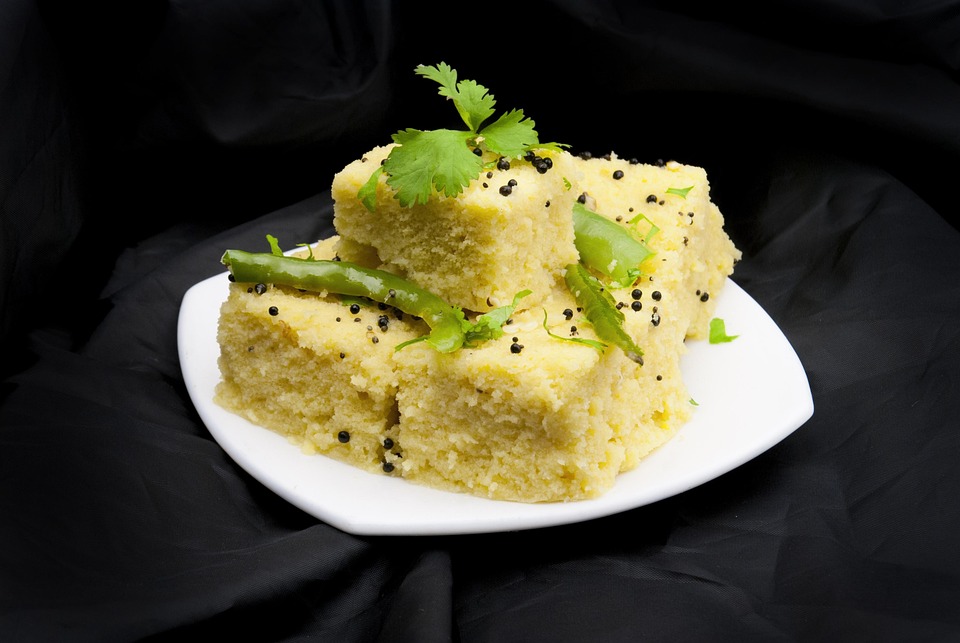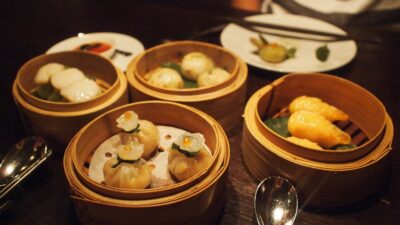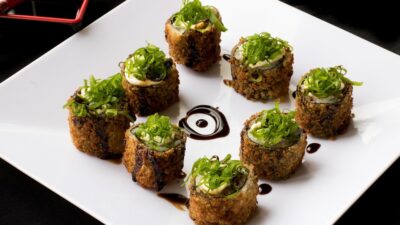India is a land of colors, cultures, and cuisines – and no Indian feast is complete without a sweet ending. From the rich and creamy delicacies of the north to the intricate sweets of the south, Indian desserts reflect the country’s diverse heritage and culinary artistry. This article takes you on a delectable journey through some of the most cherished traditional sweets of India, along with the enchanting stories and cultural significance behind them.
1. Gulab Jamun
Story:
Gulab Jamun is a beloved dessert made from khoya (reduced milk) rolled into small balls, deep-fried, and soaked in a sugary syrup flavored with rose water and cardamom. Its origins trace back to Persian influences in India, where it was known as "luqmat al qadi." Over time, it became an integral part of Indian celebrations, often served at weddings and festivals.
Significance:
Symbolizing the sweetness of life, Gulab Jamun is a favorite in both joyous and solemn occasions, reinforcing the cultural practice of sweets being a part of celebrations.
2. Jalebi
Story:
Jalebi is a spiral-shaped, deep-fried sweet made from a batter of fermented flour, soaked in sugar syrup, and often served hot. Its history dates back to the Middle Ages, and its name is derived from the Arabic term "zalabiya."
Significance:
Traditionally relished during festivals like Diwali and Eid, Jalebi is also a common breakfast item paired with yogurt or milk, blending seamlessly into both celebratory feasts and everyday life.
3. Rasgulla
Story:
Originating from the eastern state of Bengal, Rasgulla consists of soft, spongy balls made from chhena (fresh cheese) soaked in light sugar syrup. Legend has it that this sweet was created in the 19th century by Nobin Chandra Das in Kolkata, who sought to create a lighter dessert for the palette.
Significance:
Rasgulla symbolizes the culinary prowess of Bengali cooks and has become an emblem of Bengali culture. It’s also a staple during the Durga Puja festival, illustrating the connection of sweets with spirituality in Indian traditions.
4. Kheer
Story:
Kheer, or rice pudding, is a simple yet rich dessert made from rice, milk, and sugar, often flavored with cardamom, saffron, and garnished with nuts. It has been enjoyed since ancient times and is mentioned in several Indian scriptures as an offering to deities.
Significance:
Kheer is commonly served during religious ceremonies and festivals as a naivedya (food offering) to gods, symbolizing nourishment and abundance. Its adaptability means that different regions have their own variations, such as the Punjabi "Kheer" and the South Indian "Payasam."
5. Barfi
Story:
Barfi is a versatile sweet made from condensed milk and sugar, generously flavored with cardamom or saffron and often garnished with nuts. The name ‘Barfi’ is derived from the Persian word for snow, reflecting its soft texture.
Significance:
Barfi showcases the diversity of Indian ingredients, with variations like Kaju Barfi (cashew), Pista Barfi (pistachio), and even more inventive adaptations. It’s a popular choice for gifting during festivals like Diwali, symbolizing goodwill and affection.
6. Peda
Story:
Peda is a traditional Indian sweet made primarily from khoya, sugar, and flavored with cardamom or saffron. This dessert is said to have originated in Mathura, the birthplace of Lord Krishna, celebrated through elaborate tales of his childhood.
Significance:
Peda is not just a treat but also a means of conveying blessings, often offered during religious ceremonies, signifying love and purity.
7. Ladoo
Story:
Ladoos are round sweets made from various ingredients like flour, sugar, and nuts. The "besan ladoo" made from gram flour is particularly popular, especially during festivals. With roots in ancient Indian kitchens, each region has its own twist on laddus.
Significance:
Ladoos feature prominently during celebrations such as Diwali, Ganesh Chaturthi, and weddings, representing love, unity, and good fortune.
Conclusion
The sweets of India are not merely desserts but carry with them tales of history, culture, and tradition. Each bite tells a story, embodying the rich tapestry of Indian life. Whether you savor them during festivals or everyday meals, these sweets connect generations and cultures, creating a lasting legacy of sweetness in every household. So the next time you indulge in a piece of Gulab Jamun or savor the delicate flavors of Kheer, remember that you are partaking in a rich cultural heritage that has delighted people for centuries.



